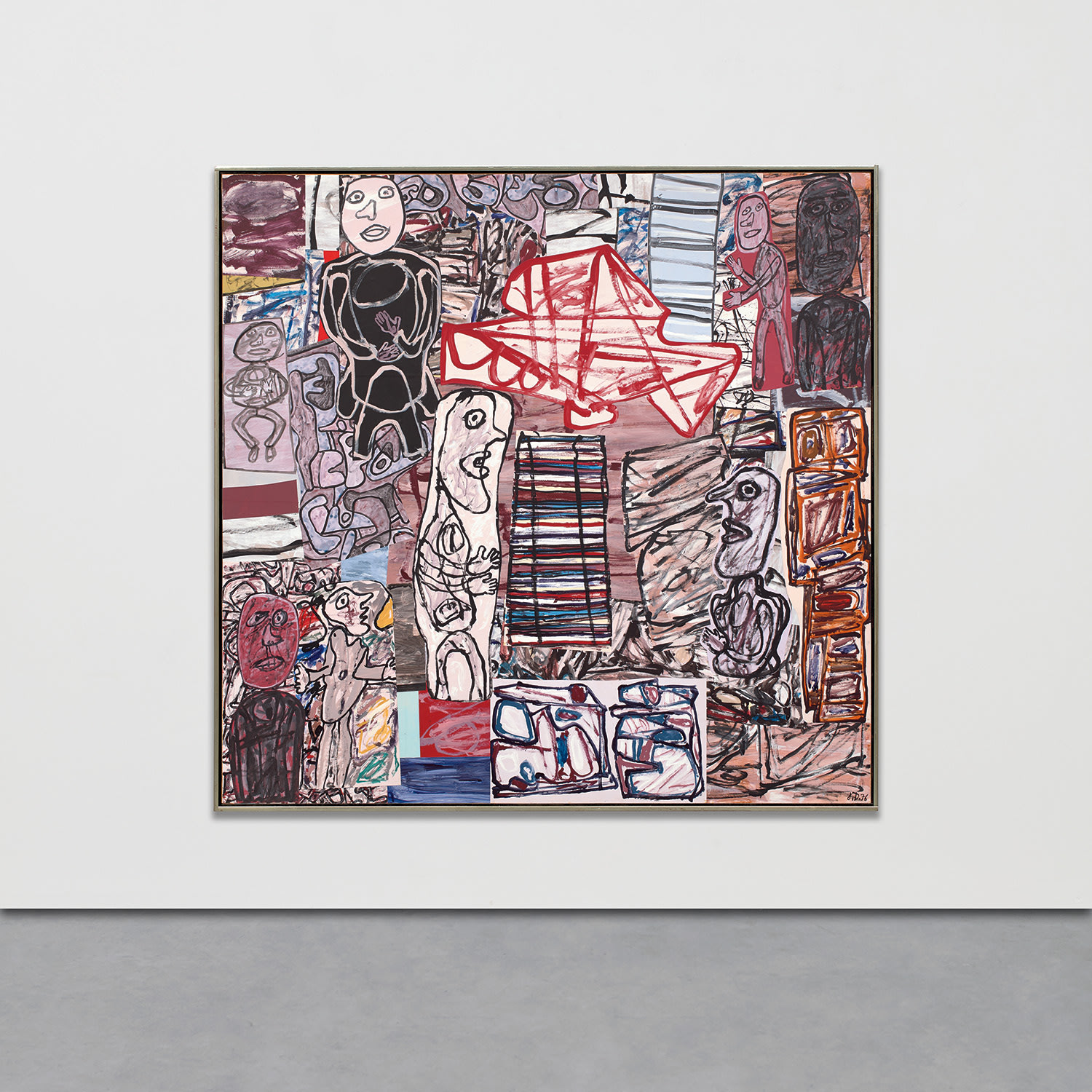



Property from a Distinguished American Collection
11
Jean Dubuffet
La féconde journée
signed with the artist's initials and dated 'J.D. 76' lower right; titled and numbered 'no 21 La féconde journée' on the reverse; numbered 'no 21' on the stretcher
acrylic on paper collage on canvas
204.5 x 210.5 cm (80 1/2 x 82 7/8 in.)
Executed on 16 May 1976.